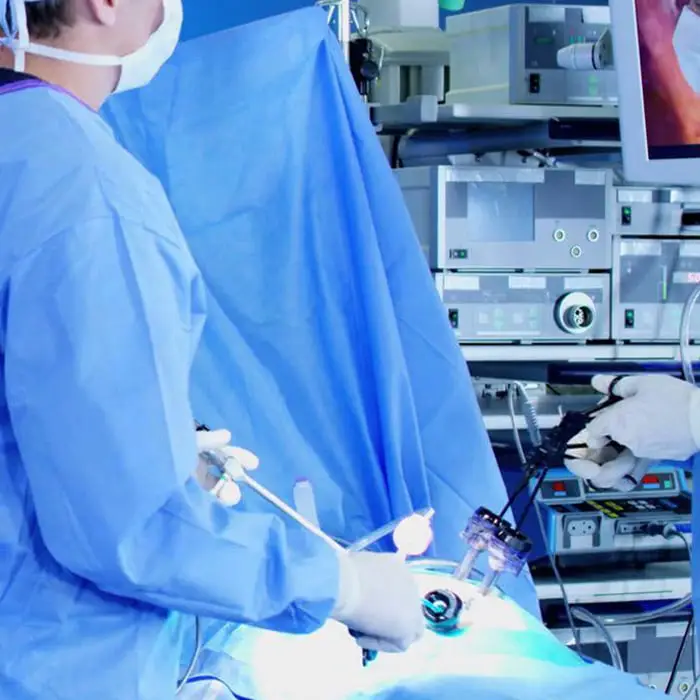Laparoscopy: Minimally Invasive Surgery for Your Health

What is a laparoscopy?
Laparoscopy, also known as "keyhole surgery" or "abdominal endoscopy," is a minimally invasive procedure that allows us to perform surgical interventions in the abdominal cavity through small incisions. A laparoscopic instrument (a thin, illuminated camera) is inserted into the abdominal cavity to transmit images to a monitor. This enables us to make precise diagnoses and offers targeted therapies.
The Steps of Laparoscopy
Before the procedure, the patient receives comprehensive information about the operation and is briefed on all potential surgical risks.
The surgical process involves the introduction of gas into the abdominal cavity through a small incision near the navel, creating ample space for the operation. A laparoscopic camera is then inserted through the same incision, transmitting real-time images from inside the abdomen to a monitor in the operating room.
For surgeries of different natures (diagnostic or surgical laparoscopy), additional laparoscopic instruments are introduced through one to three other holes in the lower abdomen.
Upon completing access to the abdomen, most of the introduced gas is extracted, and the small incisions in the skin are closed using sutures.
The duration of hospitalization varies based on the surgical extent, ranging from a few hours (for diagnostic laparoscopy) to typically one to two days.
What we offer in our practice
- Diagnostic Laparoscopy. To thoroughly examine unclear abdominal discomfort and diagnose conditions like endometriosis or ovarian cysts.
- Laparoscopic Chromopertubation. A contrast solution is injected into the fallopian tubes to assess their patency and fertility.
- Laparoscopic Myomectomy. Gentle removal of benign uterine fibroids (myomas) from the uterine wall.
- Laparoscopic Ovarian Cyst Removal. Removal of ovarian cysts to alleviate pain and other discomfort.
- Laparoscopic Hysterectomy. Removal of the uterus through minimally invasive surgery, including ovarian preservation if necessary.
What are the advantages of laparoscopy?
Laparoscopic procedures offer many advantages over traditional open surgeries, including:
- Shorter recovery time
- Less post-operative pain.
- Usually a shorter duration of surgery.
- More minor scars and aesthetically pleasing results.
- Reduced hospital stays and quicker return to daily activities.
Our Expertise
Dr. Roukoudis, during his long career in major hospitals abroad, has performed numerous laparoscopic surgeries and has a high level of training in laparoscopic surgery. He holds the German certification in “Minimally Invasive Surgery, MIC I”.
Make an appointment now and get your questions answered.

